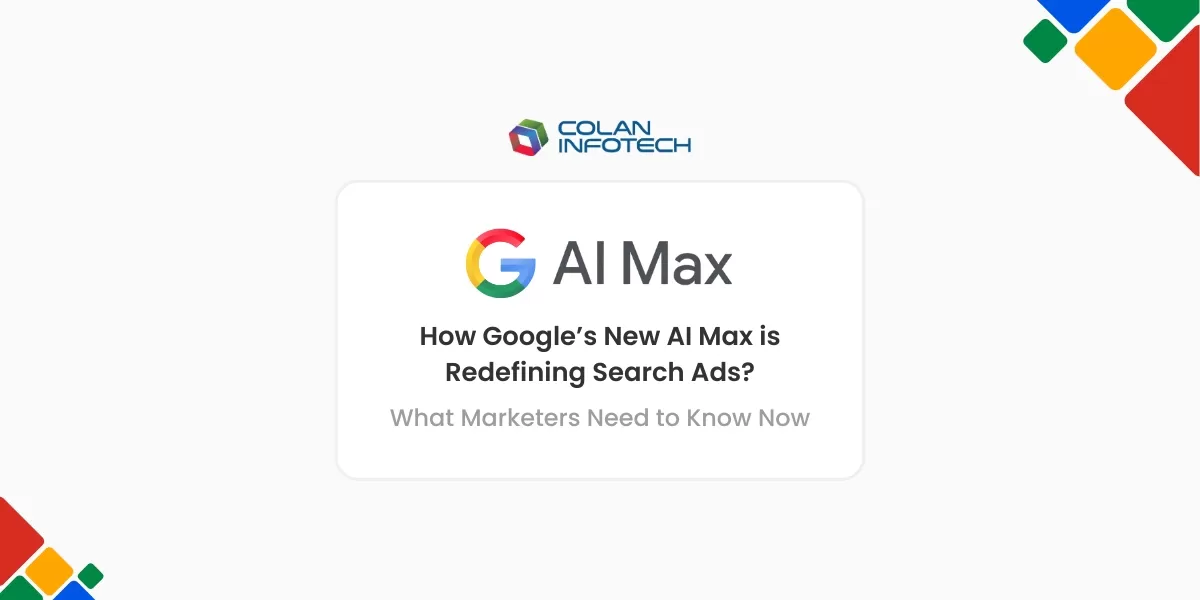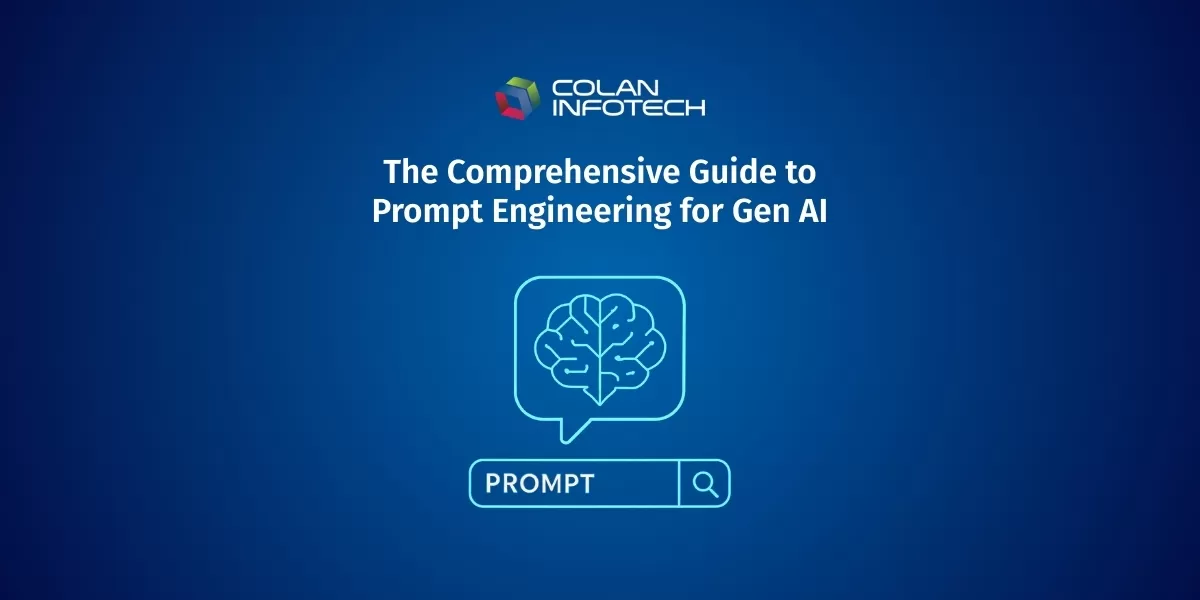Retention Rate: The Ultimate Guide to Improve Customer Loyalty in 2024

4 min read | By Postpublisher P | 19 February 2025 |
Customer retention has become one of the primary concerns of businesses. Especially in subscription-based companies, brands have realized that retaining customers is equally important and even more lucrative in boosting ROI. Better customer retention rates mean businesses can explore more cross-selling and up-selling opportunities.
One needs to know there is no way to create a sustainable business without ensuring healthy and thoughtful relations with existing customers. These customers are more likely to buy and continue with your services instead of going out for new customers who will probably not buy from you.
What is the Retention Rate?
Retention rate means how much percentage of customers continued to use brands, products or services over a certain time frame. A retention rate is a useful metric for businesses that provide subscription businesses. The average retention rate of customers shows businesses how much their product or service is helpful to customers and what they can do to convince their users to use it in the future.
Why is the Retention Rate Important?
A customer retention rate has become a talking point among marketers. Many subscription businesses have noticed that exploring profitable relations with existing customers is more lucrative and rewarding compared to reaching out to new ones. Every now or then brands are on the constant lookout to reach new customers every quarter. However this step has led to weaker acquisitions that amount to nothing in the end and many times, marketers waste their weeks and months of efforts in closing new customers.
While reaching out to new customers is a good thing, the customer retention rate has made marketers realize the importance of current customers, too. And that’s why businesses are practicing practical measures to retain and strengthen their relations with their existing customer base.
Tips to Improve Customer Retention Rate
Retention rate has become one of the in-demand topics of the digital world. Why it wouldn’t be. The majority of businesses have experienced better revenue growth and lower churn rates. There are no written or universal tips for retention strategies, but below are some of the ways to ensure the positive flow of retention rates.
𝐁𝐞 𝐂𝐫𝐲𝐬𝐭𝐚𝐥 𝐂𝐥𝐞𝐚𝐫 𝐨𝐧 𝐖𝐡𝐚𝐭 𝐔𝐬𝐞𝐫𝐬 𝐂𝐚𝐧 𝐄𝐱𝐩𝐞𝐜𝐭: It’s always advisable to highlight your core value proposition and what users can simply expect from your product. Any conflicts in users’ expectations and actual product services can lead to instant disapproval from customers.
𝐔𝐧𝐝𝐞𝐫𝐬𝐭𝐚𝐧𝐝 𝐂𝐮𝐬𝐭𝐨𝐦𝐞𝐫 𝐒𝐞𝐫𝐯𝐢𝐜𝐞 𝐀𝐜𝐭𝐢𝐨𝐧𝐬: A business identifying and acknowledging the right metrics can create structured marketing and customer service scenarios for users. Brands need to identify and understand the specific metrics that will signal the areas of improvement
𝐓𝐚𝐤𝐞 𝐂𝐮𝐬𝐭𝐨𝐦𝐞𝐫 𝐅𝐞𝐞𝐝𝐛𝐚𝐜𝐤 𝐈𝐧𝐭𝐨 𝐀𝐜𝐜𝐨𝐮𝐧𝐭: Always consider real-time feedback from existing customers and listen to their concerns and experience with the product. The customers who are actively using the product or service can give relatable feedback and insights to improve the product features and provide a better product experience.
𝐂𝐫𝐞𝐚𝐭𝐞 𝐚 𝐋𝐮𝐜𝐫𝐚𝐭𝐢𝐯𝐞 𝐋𝐨𝐲𝐚𝐥𝐭𝐲 𝐏𝐫𝐨𝐠𝐫𝐚𝐦: create a loyalty program for long-partnered customers to reward them for their relationship with the brand. These loyalty programs can provide discounts on subscriptions to celebrate users’ anniversaries with the brand.
Retention Strategies In Content Marketing
Apart from retention rate being a trending topic in subscription marketing. It also plays a crucial role in content marketing, providing users with relevant information, modern insights, and tips to existing and relevant customers. This is done through different content marketing channels such as email, blogs, and gated content. Some of the retention tactics used by content marketing are as follows:
Personalized and Relevant Content Experience
The brand’s main aim is always to produce content that makes customers stop, read and experience the web content. Therefore, to achieve this objective, brands create personalized and spot-on content that resonates with customers’ industrial norms. The idea is to create dynamic content that is based on users’ data.
Efficient Use Of Email Marketing
Many businesses use email newsletters as lead magnets to determine the effectiveness of website retention rate. Marketers believe email marketing is the most effective content marketing strategy for retaining existing clientele and forging for newer ones. Businesses use different sets of campaigns to nurture relations with customers. Whether it be drip or nurture campaign, marketers segment customers and send them personalized email messages.
Wrapping Up
Subscription businesses are only going to grow in the future and brands need retention strategies to make sure their customers stick with them for as long as possible. The same goes for content marketing. Any brand that is looking to create balanced brand recognition needs to focus more on retention metrics instead of website engagement rates. The right execution and evaluation of retention rates help businesses sustain digitally.
The latest from our editors
Join over 150,000+ subscribers who get our best digital insights, strategies and tips delivered straight to their inbox.


